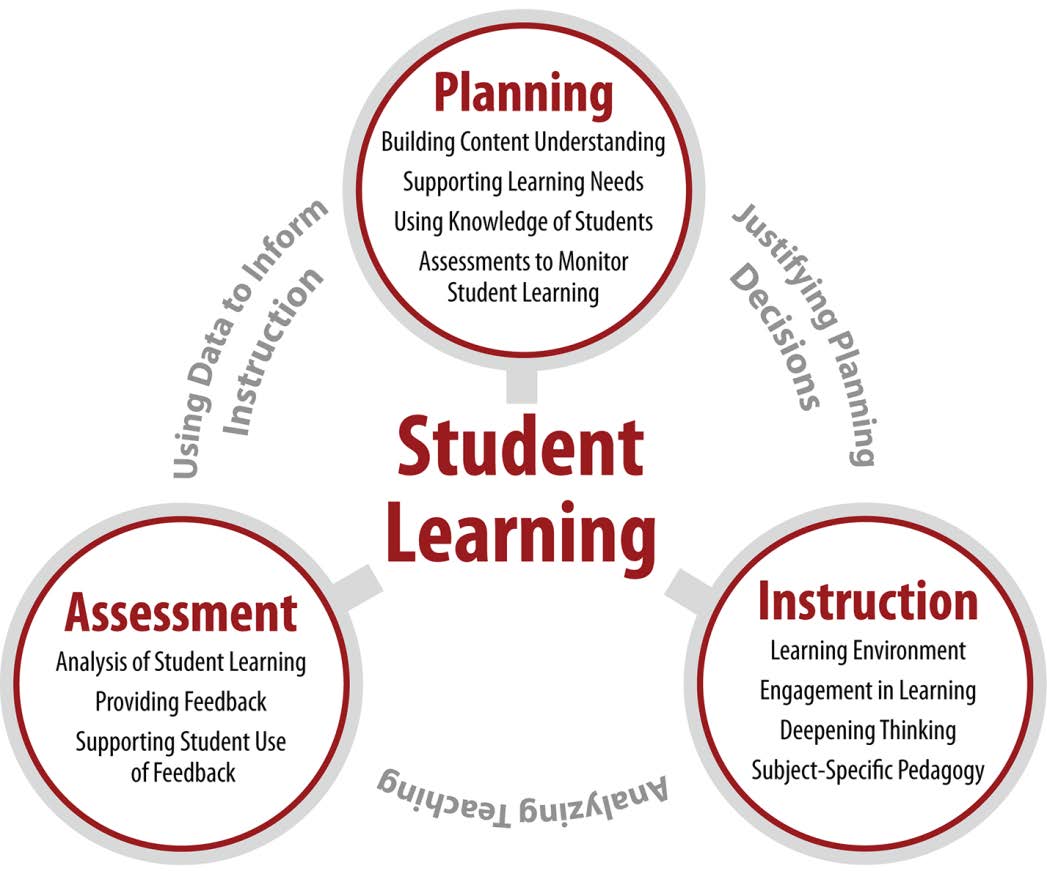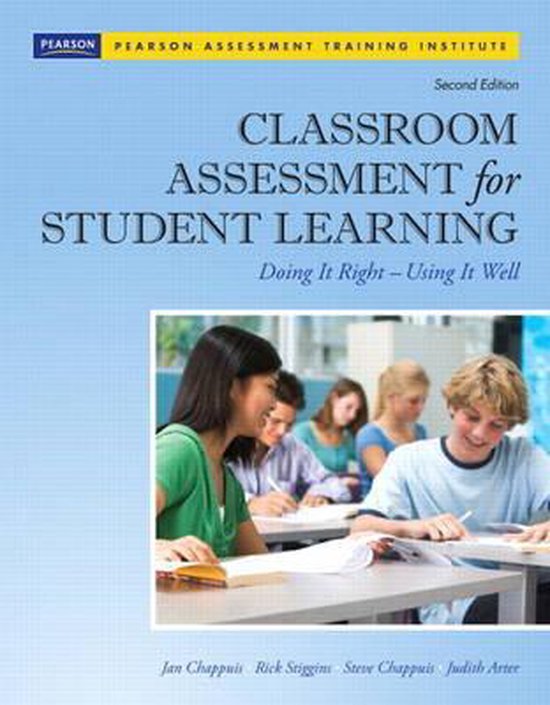Assessment Of Student Learning
- Assessment Of Student Learning
- Assessment Of Student Learning Outcomes
- Assessment Of Student Learning 1
I. Overview and History


Student learning is at the heart of each of Columbia University's educational programs. Understanding how well students are learning through meaningful assessment methods is central to maintaining the quality of our educational offerings. As part of Columbia's committment to best practices in this realm, the Provost's Office has developed a library of resources and tools to support learning outcomes assessment and faculty efforts in this area. These efforts also serve to cross-polinate ideas and techniques that work best within the Columbia community, and meet state, federal, and accrediting body requirements.

Assessment Of Student Learning
Assessment of Student Learning. Assessment Methods. Authentic Assessment (How You Assess) Ideas for Assessments. Classroom Assessment Techniques (CATs): A Guide for Faculty and Teaching Assistants. Blackboard: Assessing Students. To better understand our students' learning, we compare the results from our internal assessment projects, particularly the aforementioned core competency assessments, with nationwide exams and surveys, such as the Collegiate Learning Assessment (CLA+) and the National Survey of Student Engagement (NSSE). Methods of measuring student learning are often characterized as summative or formative assessments: Summative assessments - tests, quizzes, and other graded course activities that are used to measure student performance. They are cumulative and often reveal what students have learned at the end of a unit or the end of a course.
II. Ongoing Process and Recent Achievements
Each program at Columbia has a clear learning outcomes plan that is crafted and controlled directly by faculty. They are assessed regularly and used to promote deep reflection on student learning and influence curricular change. Schools review their faculty’s program plans, ensure best practices and evaluate them for effectiveness and consistency with their mission. Schools create summary reports for their programs, describe major results, engage in quality improvement and then intermittently submit to the Provost’s Office. The Provost’s Office exercises central oversight over this process by reviewing overall progress, alignment with best practices and regulatory compliance.
Columbia is a rich and diverse academic setting. In addition to the regular and systematic review described above, more in-depth analysis of evidence is conducted periodically, depending on the characteristics of individual schools and programs. Professional schools conduct self-studies as well as a host of other analyses to evaluate program goals as part of their accreditation cycles. In the Arts and Sciences (A&S), the Academic Review Committee (ARC) examines each department’s operations approximately every seven years, linking overall assessment, including that of learning outcomes, with planning and budgeting decisions.
Formal University-wide procedures documenting learning outcomes assessment were begun in 2010, although teaching and learning have been routinely evaluated locally in individual faculties and departments to improve curricula. The Provost’s Office has collected and developed materials to inform documenting existing practices as well as establishing effective methods to measure learning across the University. A committee of faculty and administrators meets periodically throughout the year to discuss advances in the field of learning outcomes, cross pollinate ideas and develop resources.
III. Best Practices and Resources
Resources and Associations
Columbia Resources
- Program Plan Template & Instructions Columbia University Learning Oucomes Assessment Information for Developing Program Plans

Assessment Of Student Learning Outcomes
Middle States Commission on Higher Education (MSCHE) Resources
Assessment Of Student Learning 1
- Assessing Student Learning and Institutional Effectiveness from Handbook for Periodic Review Reports. Articulates the criteria Middle States uses to evaluate learning outcome assessment plans
- Student Learning Assessment: Options and Resources (2nd Edition, 2007). Defines direct versus indirect methods of assessment with examples
- Understanding MSCHE Expectations for Assessment Linda Suskie, Vice President, Middle States Commission on Higher Education powerpoint presentation delivered at the November 2010 Self-Study Institute. An overview of learning outcomes assessment and accreditation
